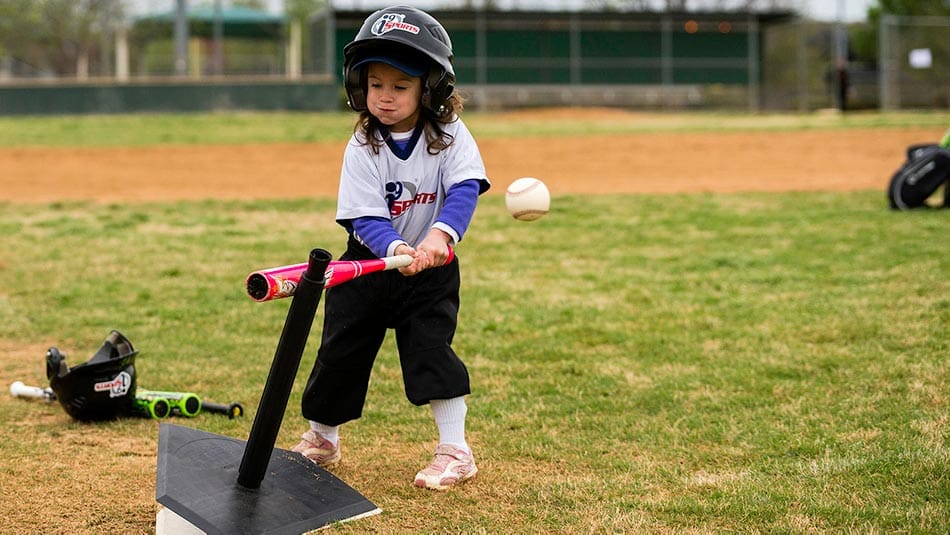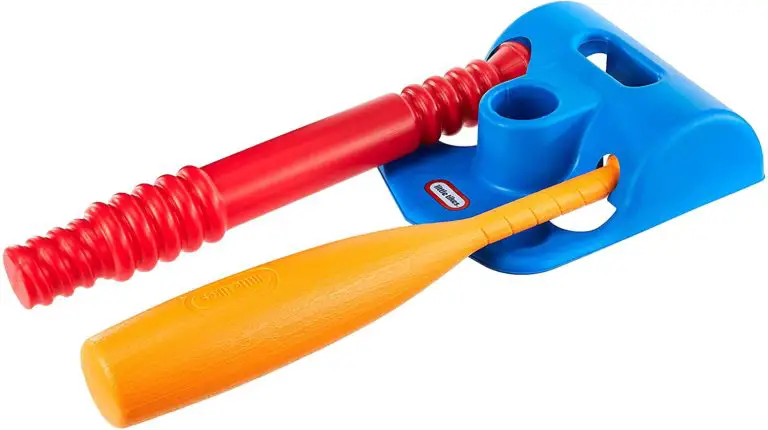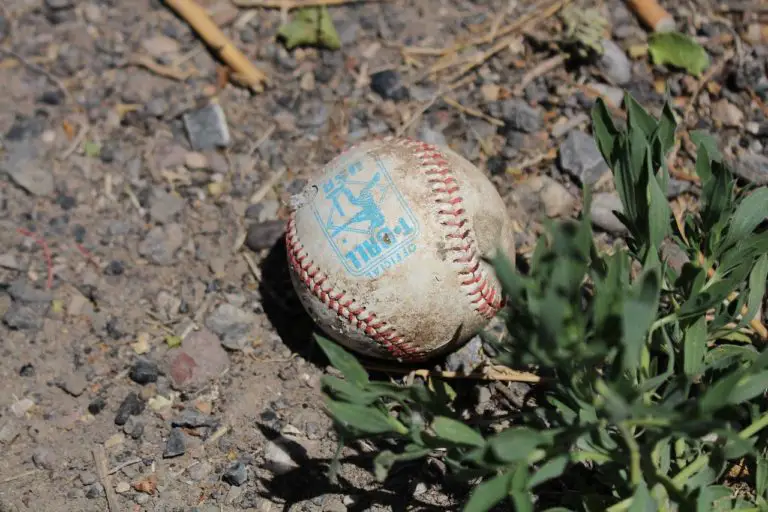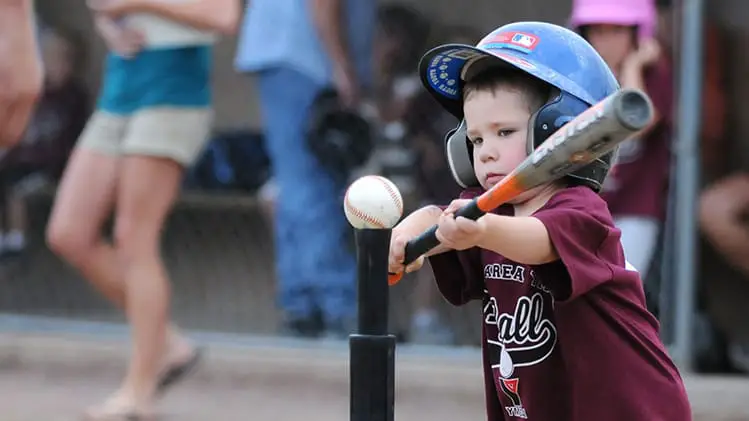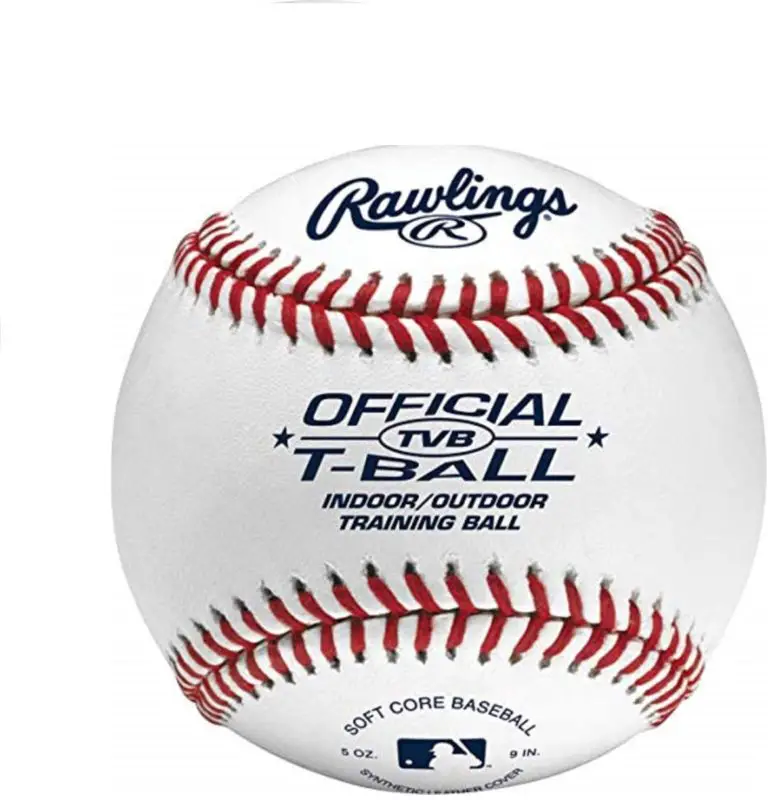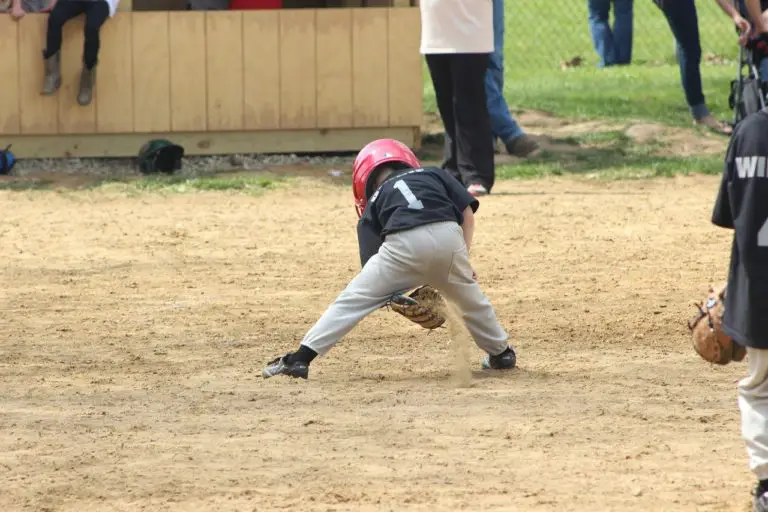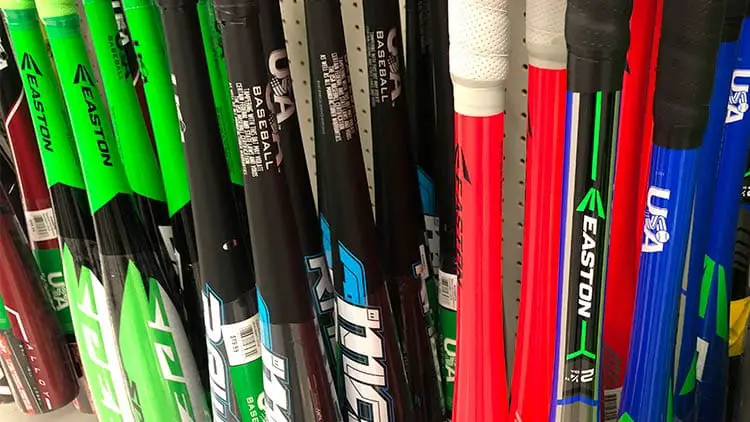10 Things You Didn’t Know: Tee Ball vs. Baseball
As your child transitions from being a toddler to an independent little tike it is easy to wonder which sports will be their thing and which sports will be huge flops. You’ll consider many sports ranging from team sports, such as t-ball and baseball, or more independent sports, such as gymnastics and golf.
Navigating kids sports is not for the faint-hearted. One of the initial steps you’ll take is to evaluate and choose entry-level sports that are played to introduce children to the structure of the main sport and promote sportsmanship. While you may be very familiar with baseball, it usually starts at tee ball for many baseball players.
Teams consist of 5 to 7 players.
While a traditional baseball game requires 9 players to play, a typical tee ball team consists of 5 to 7 players that range in age from 4 to 6 years old. Smaller teams ensure every player plays every game and has several chances to bat and play the field.
As an entry-level sport, this is key as players develop hand-eye coordination, sportsmanship, teamwork, and self-confidence.
Bases are no more than 50 feet apart.
In baseball, the bases are positioned 90 feet apart. Many leagues position bases for tee ball games to be no more than 50 feet apart. Running 50 feet to each base gives players the opportunity to be active, without experiencing total exhaustion.
A smaller more efficient field helps promote healthy physical activity and is less overwhelming for younger all-stars just discovering the sport.
Tee ball games never have a throwing pitcher.
In traditional baseball games, the pitcher throws the ball to a catcher while the batter or hitter attempts to hit a home run with a t ball bat, which is different than a baseball bat. However, in tee ball the ball is placed on a tee.
This tee is often adjustable to accommodate the various heights of the players and is supported by an attached home base plate. The batter hits the ball directly off the tee and is given as many turns as needed to make a fair hit.
The pitcher in tee ball is agile and flexible and often fields the diamond area.
Most innings are determined based on the number of players.
In baseball, there are 9 innings. To ensure fair and fun play in t ball games each child will have an opportunity to bat each inning. The innings are often determined based on the number of players on the team.
For example, if the team has 5 players there will likely be 5 innings. During each inning, the roster or batting order is rotated to give each child the opportunity to lead an inning.
Tee ball helmets are required to bat or hit the ball.
Safety is the priority in baseball and it is the focus in tee ball games as well. While the ball is not thrown to hitters or batters, t ball helmets and batting gloves are required for most leagues. Players must also wear a tee ball helmet when on deck waiting to go bat. Wearing a helmet promotes safety as well as helps junior all-stars get familiar with wearing a helmet during gameplay.
Just like in baseball, a coin toss is used to decide who will bat or field first. A coin toss typically consists of an umpire, coach, or parent tossing the up and each team choosing a side of the coin: heads or tails. The team that wins the coin toss gets to choose if they’d like to bat or play the field first. A coin toss is used to decide who will bat or field first.
Lead-offs and bunts are banned.
Leading off and bunting are great strategies for experienced baseball players. However, in tee ball games lead offs and bunts are often banned. As an entry-level sport, the focus on the game is sportsmanship and building strong fundamental skills that are used in the actual game.
Therefore, leading off bases or bunting is not allowed to encourage fair play and to reduce the chaos on the field as younger players learn to multitask and stretch attention spans.
The catcher is the tee ball pitcher.
A catcher’s responsibility during the game is to place the ball on the tee. The catcher also has the responsibility of tagging runners coming into the home base.
Catchers must wear t ball catcher gear that often includes a catcher’s mask, chest protector, and shin and throat guards. Many retailers sell high-quality sets for between $100 to $200.
Stealing bases is not allowed.
As young all-stars learn to play the game many mistakes are bound to happen. In an effort to preserve the fun of the game, stealing bases in tee ball is not allowed or encouraged in many leagues.
Runners are allowed to run to bases after the ball is hit until a throw is made. Once a throw is made the runner can only run to the intended base.
Defensive coaches are allowed on the field.
Learning a new sport can be a challenge. Most leagues will allow and encourage two defensive coaches on the field to help players make good plays with confidence.
In tee ball, players are typically between the ages of 4 to 6 years old. The age group often enjoys the game and learns more fundamentals with direct coaching. When on the field defensive coaches are not allowed to touch the ball during game play.
Let’s Play Tee Ball!
Tee ball and baseball share just enough similarities to help your all-star gain confidence in the sport and learn more about its fundamentals. Tee ball not only gives your child confidence but also can play a strong role in helping develop hand-eye coordination and sportsmanship.
As you consider t ball for your child remember that they’ll need a water bottle to stay hydrated during the game, baseball pants (team shirts and jerseys are typically provided by the league), a properly fitted and safety-certified tee ball helmet, baseball cleats and socks, and of course a t ball glove
.
Keep in mind that bleachers can be slightly uncomfortable, so consider picking up a portable bleacher or chair for yourself. Good luck!
Feature photo by: fontanelliphotography
I'm a sports fanatic and father. I love sharing my love of sports with kids because I truly believe that sports impact the lives of kids like nothing else.

